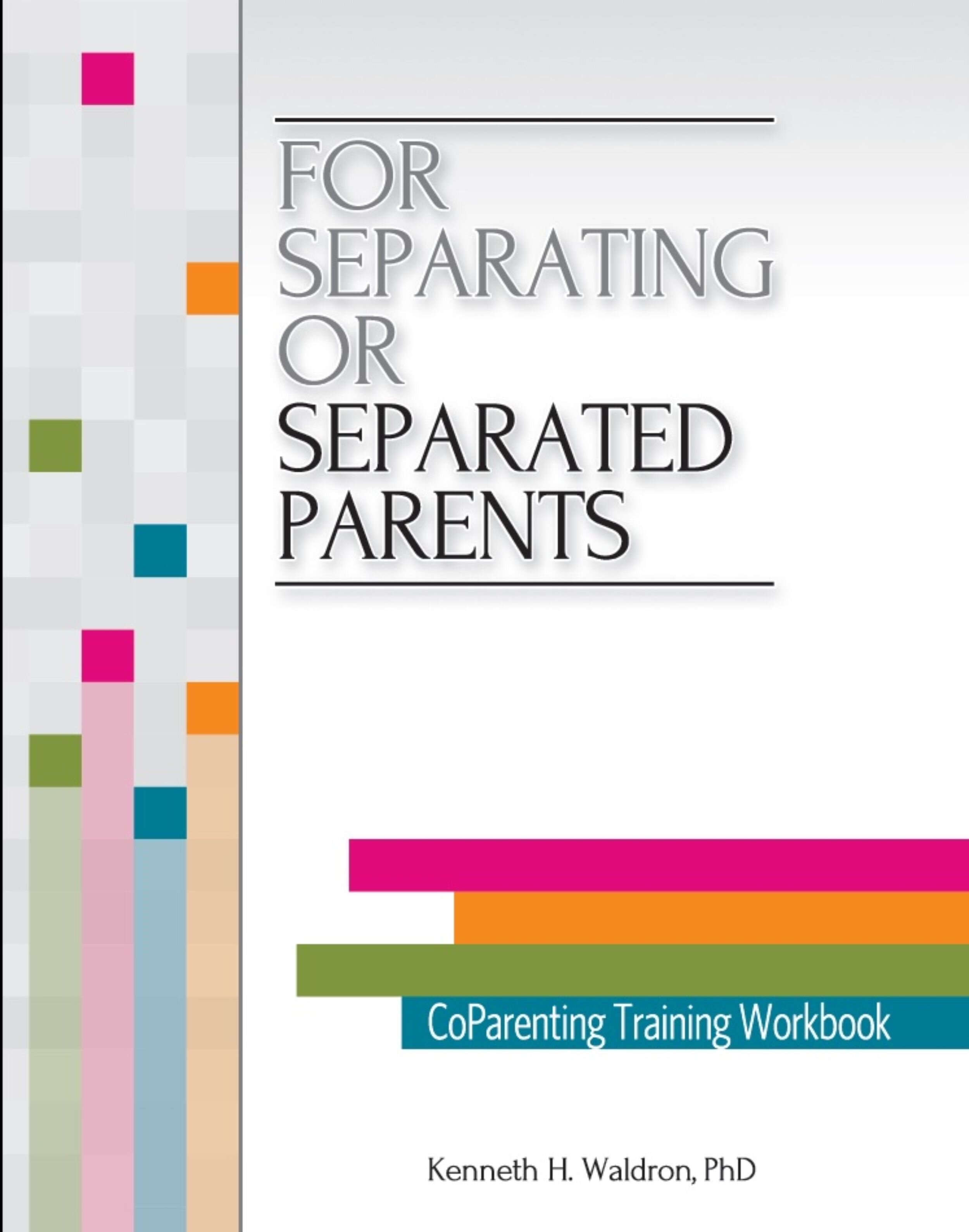Healthy Children Outcomes Series - #5 Social Capital of the Family
©2020 Kenneth H. Waldron and Allan R. Koritzinsky
In this Blog, we focus on the fourth most important predictor, the social capital of the family, which are the support systems of the parents and the children. Social capital is much like financial capital. When a family hits a financial hurdle, like an unexpected illness or the breakdown of a car, or even an opportunity, such as a child going to a special program, having capital in the bank can ease/facilitate the way. The same is true of social capital. When parents run into hurdles and opportunities, social capital can overcome those obstacles or take advantage of those opportunities.
What is social capital? Support systems These can be people, such as grandparents or other extended family members who live close enough to help out with children, important neighbors or the parents of the children’s friends, new spouses of the parents and perhaps step-siblings, and so on. Support systems can also be familiar institutions, such as the school that the children are attending, sports teams, familiar medical providers and systems, local stores and so on. The formula is simple: the more the better.
This raises a special issue with separating parents, which is to maintain, as much as possible, existing social capital for the parents and the children after divorce. In some families, this creates a conflict. It is not unusual when separating for one of the parents to want to move closer to support systems, often wanting to move closer to families of origin. A proposal to do so can mean taking the children out of reach of the other parent and current support systems. Like many decisions for our children, there are pros and cons to every decision, and these decisions are not easy.
Our point in this Blog is that social capital has a predictable effect on outcomes for children and should be a consideration in planning the children’s lives in a post-separation family. This can raise another dilemma for separating parents. Often, the support systems for the family can become embroiled in conflict between the parents, taking sides and becoming part of morphing into tribal warfare and normal divorce conflict.
Separating parents sometimes look for emotional support in a way that creates unholy alliances with family members, friends, helping professionals, and even other people such as teachers, neighbors and so on. The drawback to all this for children is that it can substantially decrease their social capital. For example, assume that one set of grandparents has played a very active part in the children’s upbringing, but take sides during the separation and have nothing to do with the children when they are at the other parent’s home. This can be a substantial loss to the children, not to mention to the grandparents.
The healthy choice for separating parents is to create a Plan that includes maintaining or increasing the support systems for themselves and the children. Making agreements to keep the divorce conflict to themselves and not to contaminate other relationships with their grievances can be a good start. Directly informing support people on their requested continuing role in the children’s lives can be another step. Jointly writing letters to extended family members giving them permission to be involved in both homes can clarify for those extended family members future roles in the children’s lives. Consider how nice it would be and good for the children to be able to call the grandparents, the parents of the other parent, and ask them to pick the children up from school because you have to work late. Parents can plan their involvement with daycare providers and school personnel. For example, they can plan on attending parent-teacher conferences together, rather than separately. Those teachers can look forward to those conferences, rather than doing twice the work and dreading what the parents will say.
Our goal in this series of Blogs is to focus parents on making healthy choices for their children, rather than being seduced into battling over the legal requirement of having a physical custody schedule. Preserving and growing social capital for the family is one of those healthy choices. However, maintaining and/or building social capital for the family does not happen by itself, because a separation can automatically lead to a drop in social capital.
Separating parents must have an Action Plan, both to avoid contaminating existing support systems with the problems in their relationship and to guide support systems into healthy roles in the new family structure. While doing so might be contrary to the temporary feelings of a separation, the hopefully over-riding motive is to have healthy outcomes for the children.
Allan Koritzinsky, JD, is a retired partner with Foley & Lardner LLP in Wisconsin. Mr. Koritzinsky focused his law practice on divorce law, alternative dispute resolution and has authored or co-authored numerous articles and books and lectured in lawyer and judicial continuing education seminars throughout his career.
Kenneth Waldron, PhD, is a clinical psychologist in Monona, WI. Dr. Waldron has published research on topics related to children of divorce and provides training to judges, lawyers and mental health providers in the U.S. and internationally. He provides forensic services, including custody evaluations and expert testimony on divorce-related issues.
Dr. Waldron and Mr. Koritzinsky are co-authors of the following books:




